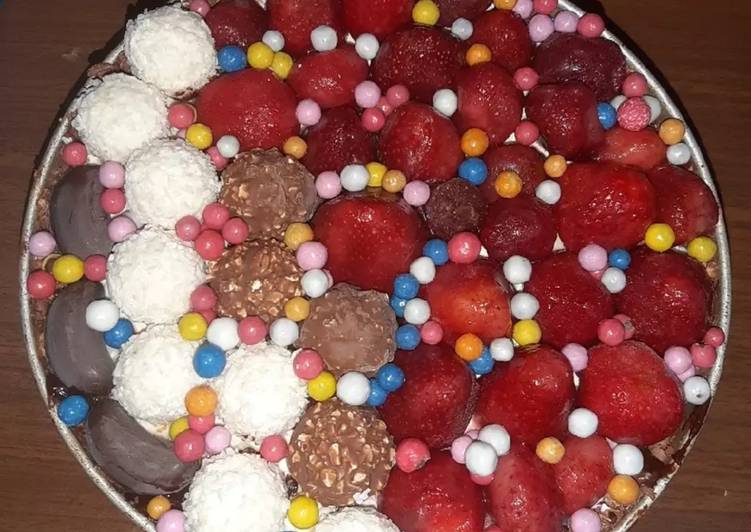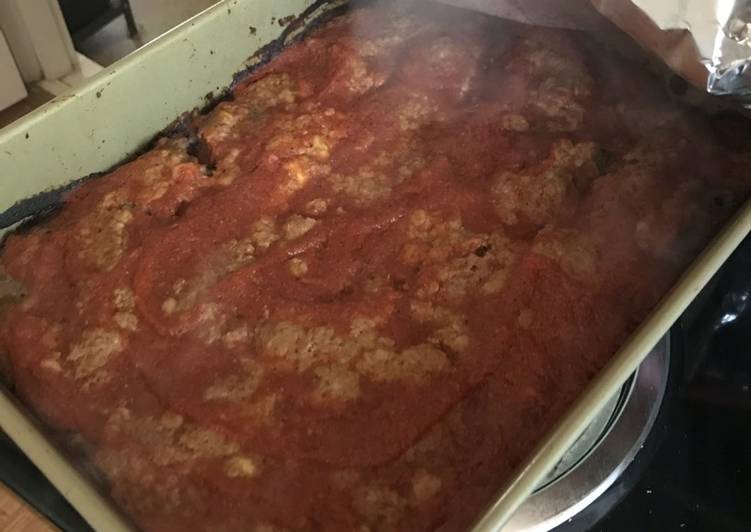
Hey everyone, it’s me, Dave, welcome to our recipe page. Today, we’re going to make a special dish, gyoza. One of my favorites. This time, I’m gonna make it a little bit tasty. This is gonna smell and look delicious.
Gyoza is one of the most well liked of recent trending meals in the world. It is simple, it’s quick, it tastes yummy. It is enjoyed by millions every day. Gyoza is something that I have loved my whole life. They are nice and they look wonderful.
Juicy on the inside, crispy and golden brown on the outside, these Japanese pan-fried dumplings, Gyoza, are popular weeknight meal as well as a great appetizer for your next dinner party. Gyōza and gyōza wrappers can be found in supermarkets and restaurants throughout Japan, either frozen or ready to eat. Juicy on the inside, crispy and golden brown on the outside, these Japanese pan-fried dumplings, Gyoza, are popular weeknight meal as well as a great.
To get started with this recipe, we have to first prepare a few ingredients. You can have gyoza using 10 ingredients and 15 steps. Here is how you cook it.
The ingredients needed to make Gyoza:
- Take all purpose flour
- Take Water
- Prepare tblspn Salt
- Get ~stuffing~
- Make ready minced pork/beef/chicken
- Get finely chopped cabbage
- Take small bunch leek
- Take eggs
- Take black pepper
- Prepare salt
Gyoza, or potstickers, are thin-skinned dumplings filled with meat and vegetables. The process for making gyoza can be lengthy, and it is common for Japanese families to prepare them together. Japanese gyoza are like Chinese dumplings and potstickers but use thinner skins and finely ground meat. Gyoza are a more delicate than the usual potsticker.
Steps to make Gyoza:
- Prepare all the needed ingredients with exact measurements for ease of work.
- Sift the flour into a large bowl then Mix the salt and water until it dissolves completely.
- Add the salt water into the flour little by little, stirring after every pour. (in the end you will need to use your hands to form the dough into a ball). If the flour is still separated keep adding small portions of water at a time as you mix.
- After this I like to wrap the dough with film then start kneading after it sits for 15mins.
- Make rolls like sausages and cute the dough into small one inch pieces. Cover the pieces with a dump cloth.
- Make the dough into small round balls before kneading into the round Gyoza wraps
- For the stuffing, mix in a large bowl the chopped cabbage, leek and meat until well mixed then add the eggs and mix completely.
- Place the gyoza wrap on your palm then add a table spoon of the stuffing. Apply water on the top side of the gyoza wrapper then use both hands to fold the wrap.
- Folding is the hardest part usually. You may need to practice a few times before you can get it right.
- Then spread some oil in your pan the preheat the oil before adding the gyoza. Do not fill up the pan too much.
- Cook on the pan under high heat for a few minutes then pour about 1/2 cup water into the pan and cover.
- Cook until all the steam is gone and your gyoza have a nice brown bottom side.
- Serving: I like to put a plate into the pan then overturn the pan to scoop all gyoza at once. (see my dp)
- Sauce: mix the soy sauce and Rice vinegar (ratio 1 to 1) Then add the chopped spring onions.
- Enjoy!
Gyoza are Japanese dumplings filled with moist and juicy ground pork and vegetables, steamed and pan-fried to crispy golden brown on the bottom. Authentic Gyoza, is so simple yet so delicious! Every country has their own form of some kind of dumplings, and this Japanese authentic gyoza is definitely one of the simple dumplings you can make. Put each gyoza onto the plate dusted with cornflour. Japanese seven-flavour chilli pepper, or shichimi togarashi, is often served alongside gyoza.
So that’s going to wrap it up with this exceptional food gyoza recipe. Thank you very much for your time. I am confident you will make this at home. There is gonna be more interesting food in home recipes coming up. Remember to save this page on your browser, and share it to your loved ones, friends and colleague. Thank you for reading. Go on get cooking!

